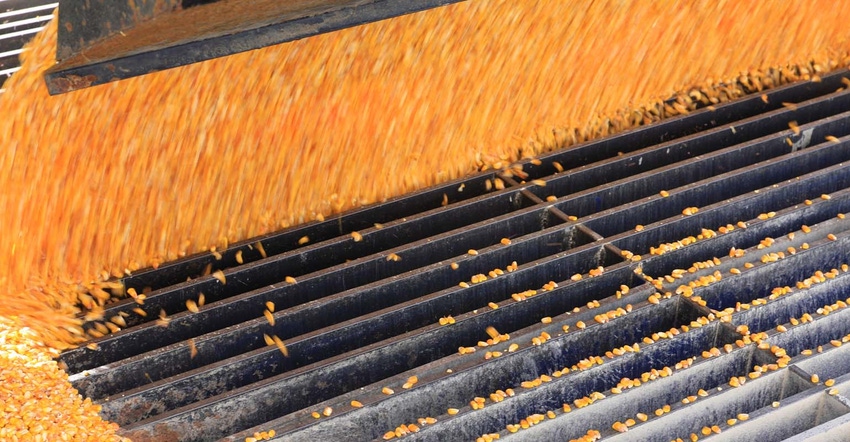
Agrisure Viptera trait represents new technology for corn growers
Take advantage of opportunities to view Syngenta hybrids with the new Agrisure Viptera trait in test plots. Contact a Syngenta seed representative if you want to see the trait in action. Next year, pending final necessary approvals, David O’Reilly hopes you’ll get a firsthand look at Agrisure Viptera on your farm.
October 28, 2010

Agrisure Viptera trait represents new technology for corn growers
By TOM J. BECHMAN
Take advantage of opportunities to view Syngenta hybrids with the new Agrisure Viptera trait in test plots. Contact a Syngenta seed representative if you want to see the trait in action. Next year, pending final necessary approvals, David O’Reilly hopes you’ll get a firsthand look at Agrisure Viptera on your farm.
“The Agrisure Viptera trait is based on a unique protein, Vip 3A, discovered at our facilities in North Carolina,” says O’Reilly, Syngenta’s head of project management for corn and soybean traits. “It’s a bacterial protein that kills insects.”
Key Points
• Syngenta’s Agrisure Viptera trait represents a new technology.
• Hybrids with the trait have two modes of action against most caterpillar corn pests.
• The product manager is confident yield lag or drag won’t be an issue.
Other products already on the market use proteins to kill insects, he notes. However, two attributes of this new discovery set it apart.
“The Agrisure Viptera trait will control a wide spectrum of caterpillars,” he says. “It picks up a very wide range of significant corn pests. Plus, its mode of action is different from what’s already out there. We believe it will become an important insect resistance management tool.”
Syngenta’s strategy is to couple the new Agrisure Viptera trait with the existing Bt11 event. “With very high activity resulting in a high degree of control of various insects, it should be exceptionally difficult for insects to develop resistance,” he says.
Target insects
The Agrisure Viptera trait brings activity against a multipest complex of insects. Chief among them is corn earworm, but it will also kill fall armyworm, western bean cutworm and black cutworm.
Molds and mycotoxins that developed after insect damage to ears posed major issues in 2009, especially in the Eastern Corn Belt. O’Reilly says he’s confident that hybrids with the new Agrisure Viptera trait will be very successful even where these insects are active.
Naming system
If you already use Syngenta products, the terminology denoting the Agrisure Viptera trait will be familiar. If you don’t, it’s easy to learn. For example, two current Syngenta hybrids are NC3000GT from NK and H8211-3000GT from Golden Harvest. In the future, you might buy NC35A-3111 or H8355-3111 instead.
The “3111” denotes that the hybrid has the broad Lepidopteran trait, corn borer trait and corn rootworm trait. The Agrisure Viptera trait will also be offered in a stack without a rootworm trait. The last four numbers become “3110.”
Syngenta won’t release hybrids commercially until it has key import approvals, O’Reilly emphasizes. He’s confident these approvals will happen in time for a 2011 launch.
Yield confidence
If you shy away from new products because you’re concerned they might be hitting the market too early, O’Reilly insists you can plant these hybrids with peace of mind. “We’ve been looking at this trait in the field for several years, and we’re confident yield lag or drag won’t be an issue,” he says.
In fact, O’Reilly says yield data from previous plots indicate that hybrids with the Agrisure Viptera trait yield the same when the insect isn’t present and when it is. That’s an indication that these hybrids have strong yield potential, he notes. The Agrisure Viptera trait simply better helps protect inherent yield potential.
This article published in the July, 2010 edition of INDIANA PRAIRIE FARMER.
All rights reserved. Copyright Farm Progress Cos. 2010.
You May Also Like



